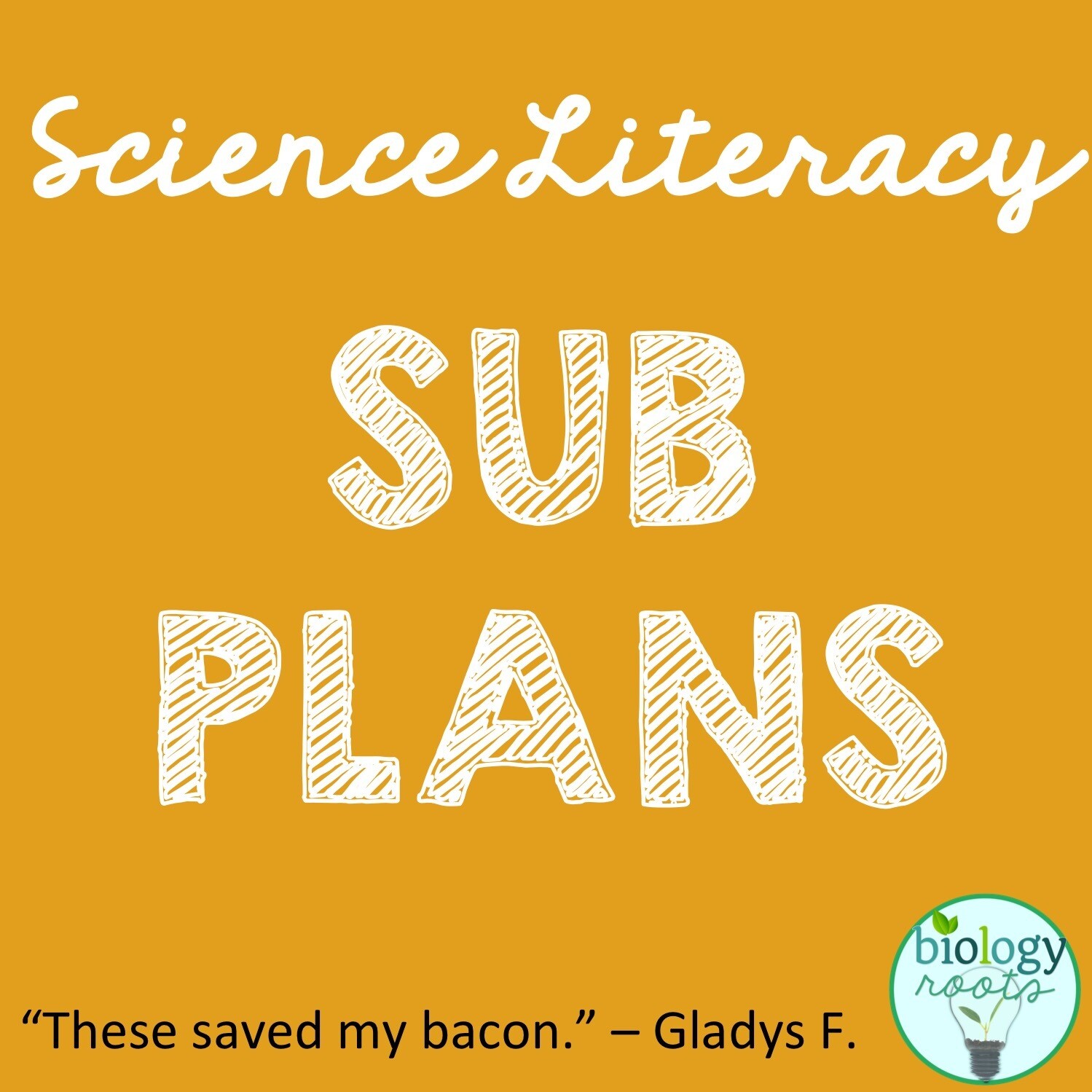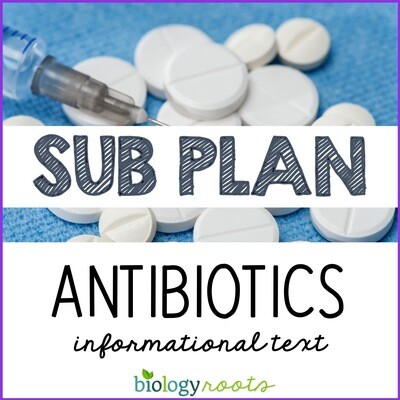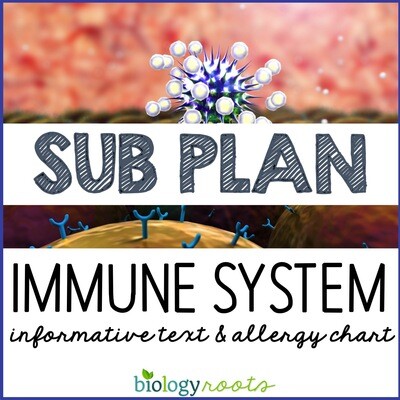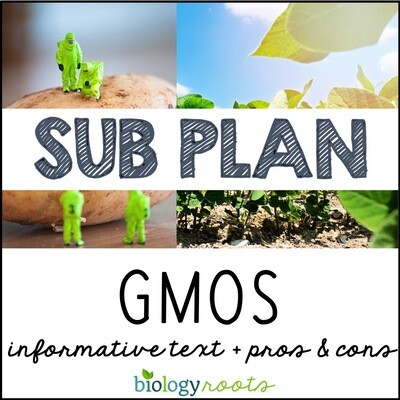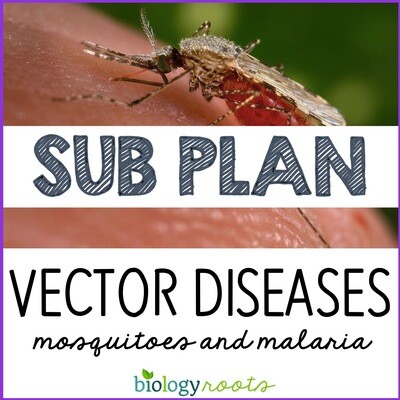
Science Literacy Sub Plans Bundle- supports digital
This science literacy bundle contains 15 emergency sub plans that are meaningful, easy to use, and relate to student lives. These are useful tools to help encourage scientific literacy in reading, graphing, and making connections.
Each plan comes with an option to print a class packet and student answer sheet to save paper!
Save 25% when you buy this super bundle which includes the best selling & highest rated high school science sub plans on the internet. Don't worry about having to scramble unrelated resources together to make a sub plan. Each of these 15 sub plans is the right size to keep your students engaged for the entire period. Each of these sub plans are 4-6 pages long, and meet multiple standards, including literacy, diagrams, and simple graphing. A student and class packet option is included to save paper!
Many past buyers have told me they love these lessons so much that they end up using them at the end of the year anyways, despite not being sick.
Some districts require a sub folder with activities to do "on-the-fly" in case of an emergency absence. Though it's a great idea, it's often hard to predict when you'll be out and what the class is studying at the time of your absences. That's why I created these sub plans that relate to science, pique student interests, and can be used at nearly any time.
This package contains 15 "Emergency Sub Plans" to get you through the entire year. These activities are common core aligned for literacy in science. They can be used for health or social studies, as well.
Plan A: An Inside Look at Cancer (Reading and Graphing)- students read about cancer (what is it and why it occurs) and graph different types.
Plan B: Nerdbook Pages - Students choose between Newton, Mendel, Darwin, or Curie and make a "nerdbook" profile for them using the biographies included. Rubric is also included. (Could be used for any celebrity or historical figure!)
Plan C- Nutrition Labels and Macromolecules- Explores fats, carbs, proteins, and how they add up on nutrition labels. (Reading, matching, and minor math {multiplication and addition}).
Plan D- The Effect of Video Games on Your Brain- this activity takes a nontraditional spin on video games. It is based on evidence created in the lab of Daphne Bavelier. (Reading, coloring and graphing).
Plan E- Head, Shoulders, Knees and X-rays- Explores common sports injuries (fractures, sprains, strains, swelling and and bruising. (Reading, matching and graphing).
Plan F: Fossil Fuels, Fossil Rules, and Fossil Fools- Explores the use of fossil fuels and the ramifications of using them. Students read, answer questions, and analyze a chart.
Plan G: The Moo-ving History of Vaccines- Students learn all about the smallpox pandemic, and how Edward Jenner, James Phipps, and a milkmaid named Sarah were all heroes in coming up with a way to prevent this deadly virus. Optional timeline included for a multiple day absence.
Plan H- Generation Wireless (Radio Waves)- Generation Y relies heavily on radio waves for their Wi-Fi, cell phones, and video games. This explains radio waves, how radios work, and how cell phones work. Students analyze a pie chart about cell phone use.
Plan I- Allergies, Achoos, and Ouches- Students read this condensed version on the mystifying (and awesome) world of the immune system. In doing so, they gain a better understanding of allergies. Students must compose a line graph.
Plan J- OMG! GMO! Genetically Modified Organisms- Students read this unbiased article about the construction and use of genetically modified organisms. Students answer questions within the text, and at the end are asked more ethical questions and must form a summary of their opinion. An advanced version is included.
Plan K: The Culture of Cheese- Students explore the history and the science behind the cheesemaking process, specifically on enzymes and fermentation. Analysis and graphing required.
Plan L: Big Foot and the Scientific Method- This takes a non-biased, psychological spin on Big Foot’s suggested existence and why it is so important that we use the scientific method. Students form an experiment trying to lure Big Foot with apples. Analysis questions included.
Plan M- The World's Deadliest Animal- Students explore the mosquito and vector-borne diseases. Two version are included with this sub plan: an original version that introduces students to bar graph breaks when working with a wide range of data, and a graph-free version that omits the graph and includes a couple extra analysis questions.
Plan N-Solar Power- Students are introduced to the history of fossil fuel, how it has affected our environment, and how solar power works and why it is a cleaner and more efficient alternative to fossil fuels.
Plan O-Antibiotics- Students are introduced to the history and science of antibiotics, and how they are evolving to form superbugs such as MRSA.
These activities can be used for grades 8-12. Graphing skills are required (line graph; bar graph). These are designed to keep students busy and can be completed within a 45-50 minute time frame.
.You only need to choose/use one per sick/personal day.
Please download the preview for this product to see more details.
☆☆Follow me on☆☆
Terms of Use:
Vanessa Jason Biology Roots
For single classroom only; not to be shared publicly (do not create publicly accessible links).
Copying for more than one teacher, classroom, department, school, or district is prohibited. Failure to comply is a violation of the DMCA (Digital Millennium Copyright Act).
